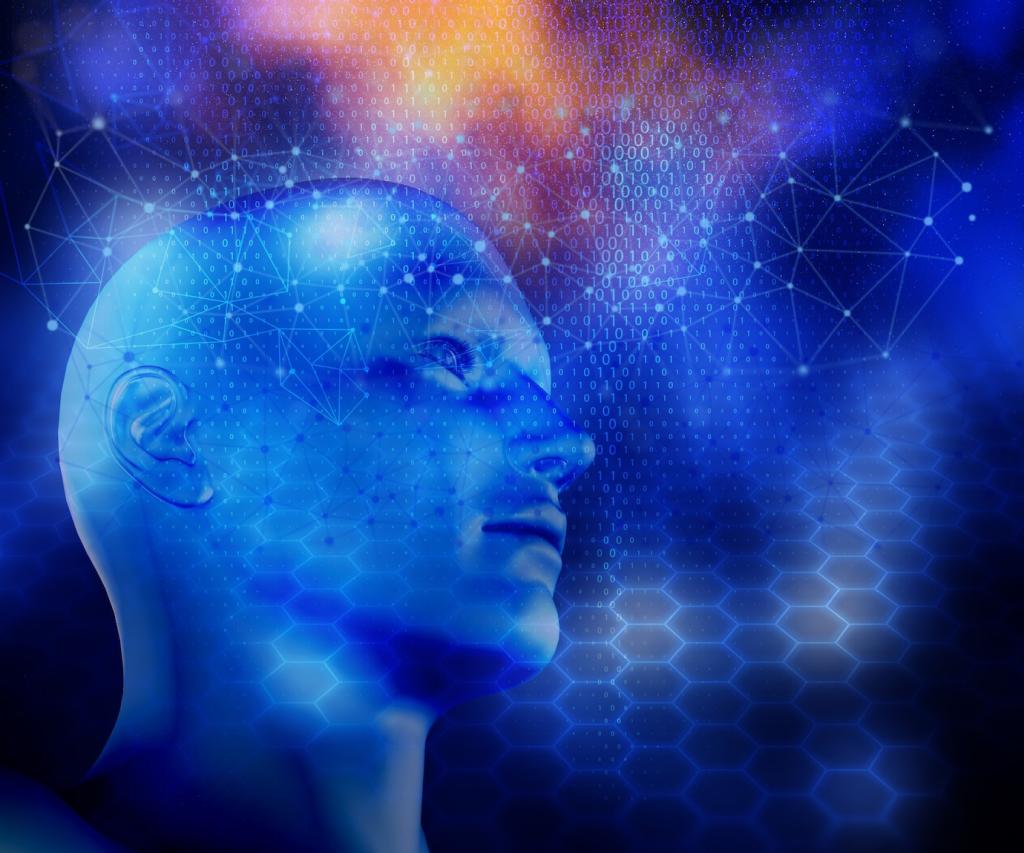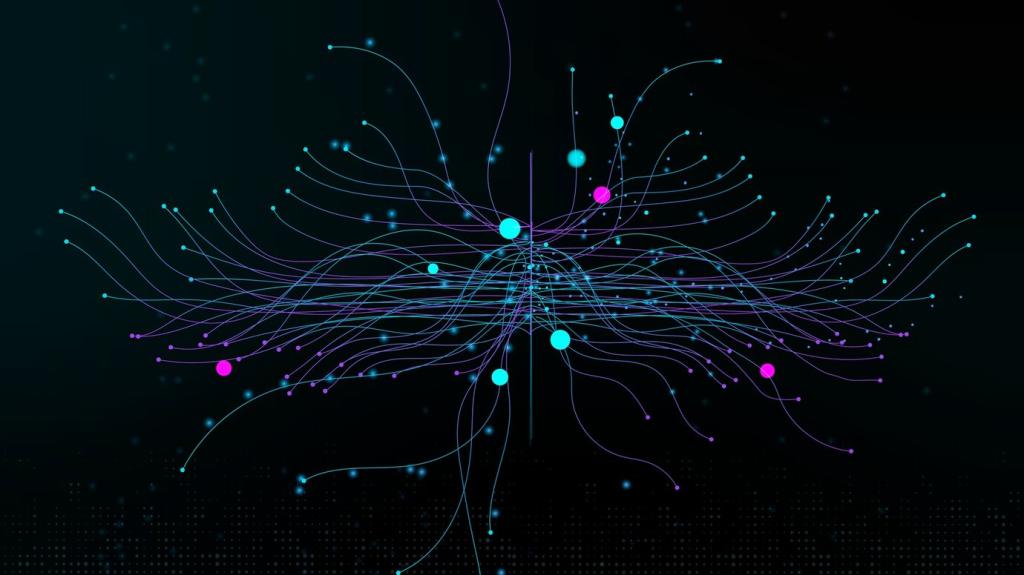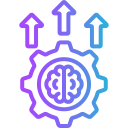AI-Powered Diagnostic Tools in Healthcare
Artificial intelligence is revolutionizing healthcare by enhancing the accuracy, efficiency, and accessibility of medical diagnoses. AI-powered diagnostic tools leverage advanced algorithms and vast datasets to assist healthcare professionals in identifying diseases and conditions earlier and more accurately. These technologies are playing a critical role in bridging gaps in care, supporting clinical decision-making, and paving the way for more personalized treatment plans. On this page, we explore how AI-driven diagnostics are changing the landscape of healthcare, the challenges they present, and their promising future.
The journey of medical diagnostics is marked by significant milestones, each contributing to better health outcomes. Early innovations like the invention of the stethoscope and the microscope paved the way for understanding the human body at deeper levels. With the advent of digital technology, imaging modalities such as X-rays, CT scans, and MRIs became standard. The integration of AI now represents a paradigm shift, as algorithms analyze images and clinical data with unprecedented speed and precision, offering insights that were previously inaccessible.

Key Technologies Behind AI Diagnostics
Machine Learning and Deep Learning
Machine learning algorithms excel at detecting patterns within large datasets, whether in medical images, genetic information, or electronic health records. Deep learning, a subset of machine learning, utilizes multi-layered neural networks to model complex relationships and subtle indicators of disease. In diagnostic applications, these technologies enable the automated interpretation of radiology images, identification of rare diseases, and prediction of disease progression, supporting clinicians in making more informed decisions.
Natural Language Processing in Diagnostics
Natural language processing (NLP) is essential for extracting valuable insights from unstructured medical data, such as physician notes, patient histories, and pathology reports. NLP algorithms can read, categorize, and summarize vast amounts of textual information rapidly, pinpointing relevant details that might be overlooked in manual reviews. This allows for more comprehensive clinical assessments, aids in disease surveillance, and improves the accuracy of diagnostic reports.
The Role of Computer Vision
Computer vision, powered by AI, has become indispensable in analyzing medical images in radiology, pathology, and dermatology. The technology excels at detecting anomalies, measuring lesions, and highlighting areas of concern on scans and slides. By mimicking the visual perception capabilities of human experts and augmenting them with statistical precision, computer vision reduces oversight risk and elevates diagnostic confidence across medical specialties.


Previous slide
Next slide
Real-World Applications of AI Diagnostics
Radiology and Medical Imaging
Radiology has become a leading domain for AI integration, as diagnostic imaging generates massive quantities of data ripe for algorithmic analysis. AI tools detect cancers, fractures, organ abnormalities, and vascular conditions in X-rays, CT scans, and MRIs with remarkable sensitivity. In many studies, AI-assisted interpretations match or surpass the abilities of human radiologists, enabling faster analysis and freeing up experts to focus on complex cases.
Pathology and Laboratory Medicine
Pathology is another field witnessing transformation due to AI diagnostics. Digital pathology slides analyzed by machine learning algorithms can reveal cancerous cells, infectious agents, and other biomarkers with high precision. Similarly, AI systems interpret laboratory results, identify abnormal trends, and predict disease outbreaks, supporting pathologists and laboratory technicians in managing ever-increasing workloads without compromising accuracy.
Predictive Analytics in Genomics
With the growth of genomic medicine, AI is essential for analyzing massive volumes of genetic data to predict disease risk and guide preventive strategies. Machine learning algorithms identify patterns linked to hereditary conditions, enabling proactive management for at-risk individuals. Integration of AI into genomic diagnostics accelerates the translation of genetic insights into everyday clinical practices, opening new frontiers in personalized and preventive healthcare.
Challenges and Ethical Considerations
Data Privacy and Security
AI systems rely on vast amounts of sensitive health data, making them attractive targets for cyber threats and raising considerable privacy concerns. Ensuring robust data protection mechanisms, complying with regulations like HIPAA and GDPR, and maintaining transparent data practices are critical steps in safeguarding patient information. Healthcare organizations must invest in secure infrastructure and continuous monitoring to sustain the trust of patients and regulators alike.
Addressing Bias and Fairness
Algorithms trained on limited or non-representative datasets can perpetuate or exacerbate existing healthcare disparities. Bias in AI diagnostics may result in unequal performance across demographic groups, affecting the quality of care and outcomes. Ongoing efforts are needed to ensure diversity in training data, periodic audits of algorithmic performance, and collaboration with multidisciplinary teams to develop fair and inclusive AI systems.
Maintaining Human Oversight
While AI diagnostics can greatly augment clinical expertise, overreliance on automated systems may risk diminishing critical human judgment. Human oversight remains essential for context-sensitive decision-making, understanding patient preferences, and addressing unexpected situations. The most effective diagnostic solutions preserve the balance between AI-driven insights and the nuanced reasoning of healthcare professionals.
Integrating AI Diagnostics in Healthcare Systems
Seamless integration of AI diagnostics with electronic health records (EHRs) is crucial for workflow efficiency and data consistency. Systems must be capable of ingesting and interpreting structured and unstructured EHR data, providing clinicians with real-time assistance and actionable recommendations within their existing workflows. Such integration enhances both ease of use and the quality of patient care by making diagnostic insights immediately available at the point of care.

